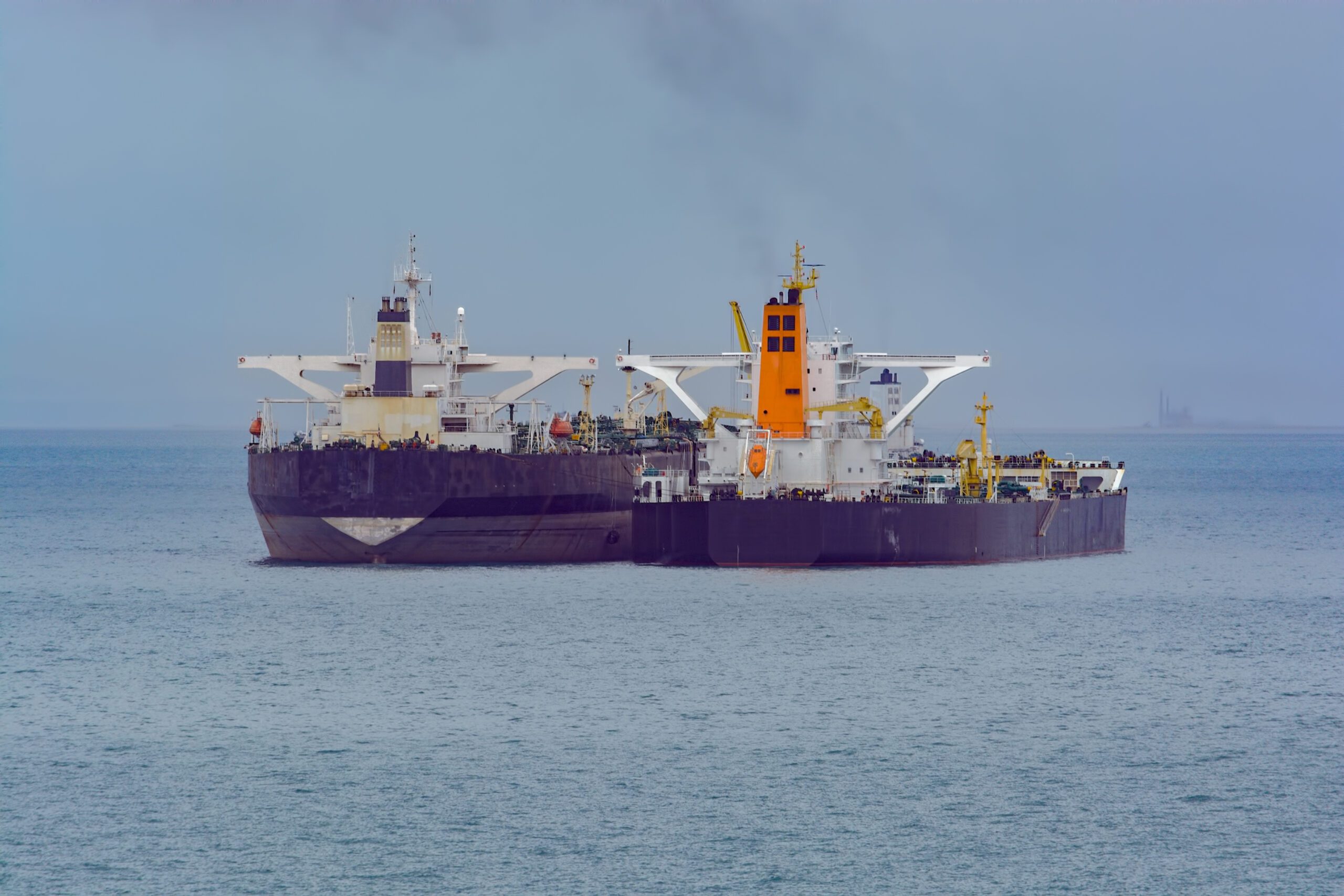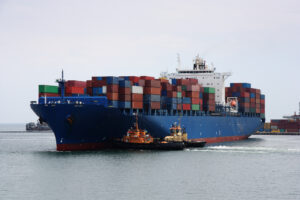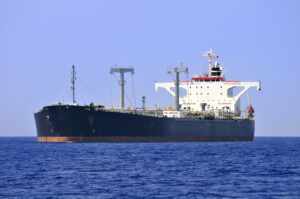Ship losses have sunk to the lowest number reaching a 12-year low reflecting the positive impact safety programs, trainings, changes in ship design and regulation have had over time, says Insurer Allianz.
However, the study warned a combination of factors impacting fire risk, ongoing and new threats posed by the ripple effects of the Ukraine conflict, decarbonisation challenges, economic uncertainty, as well as the rising cost of marine claims, means the sector still has plenty of obstacles to navigate over the next 12 months and beyond.
Furthermore the growth of “shadow tanker fleet” is the latest safety concern. Oil sanctions have also resulted in Russia and its allies creating a shadow tanker fleet to transport and sell its oil. Estimates of its size vary – as many as 600 vessels. As the Insurer explains, the increase in their number is a worrying development, threatening the world fleet and the environment. “A major incident can cause loss of life as well as uninsured damage or pollution,” Allianz warns.
In its annual Shipping and Safety report for 2023 Allianz said there were 38 total losses of vessels globally last year, compared with 59 a year earlier.
This represents a 65% decline in annual losses over 10 years (109 in 2013). Thirty years ago, the global fleet was losing 200+ vessels a year.
According to the report, there have been more than 800 total losses over the past decade.
Every year AGCS reports shipping losses and casualties (incidents) involving ships over 100 gross tons.
South China, Indochina, Indonesia, and the Philippines maritime region is the global loss hotspot, both over the past year and decade, as there were 204 total losses. It accounted for one-in-five losses in 2022 (10) driven by factors including high levels of trade, congested ports, older fleets and extreme weather.
Insurer Allianz said the Arabian Gulf, British Isles and West Mediterranean waters were the second top loss locations (3). Around a quarter of vessels lost in 2022 were cargo (10). Foundered (sunk/submerged) was the main cause of total loss across all vessel types (20), accounting for over 50%. Fire/explosion ranked as the second top cause of loss, and vessel collision the third.
While total losses declined over the past year, the number of shipping casualties or incidents reported remained consistent (3,032 in 2022 compared to 3,000 in 2021). The British Isles saw the highest number, which was 679. Machinery damage or failure accounted for close to half of all incidents globally (1,478). There were 209 fires reported during 2022, which is the highest number for a decade, making this the third top cause of incidents globally, up 17% year-on-year.
“Shipping losses have sunk to the lowest number we have seen in the 12-year history of our annual study reflecting the positive impact safety programs, trainings, changes in ship design and regulation have had over time,” says Captain Rahul Khanna, Global Head of Marine Risk Consulting at AGCS.
As he additionally says “While these results are gratifying, several clouds appear on the horizon. More than a year after Russia’s invasion of Ukraine, the growth of the shadow oil tanker fleet is the latest consequence to challenge shipowners, their crew and insurers. Fire safety and the problem of mis-declaration of hazardous cargo must be fixed if the industry is to benefit from the efficiency of ever- larger vessels. Inflation is pushing up the cost of hull, machinery and cargo claims. Meanwhile, although the industry’s decarbonization efforts are progressing, this remains by far the sector’s biggest challenge. Economic pressures could put vital investments in companies’ strategies, as well as in other safety initiatives, in jeopardy.”



